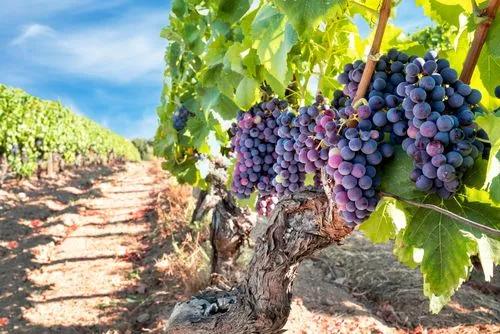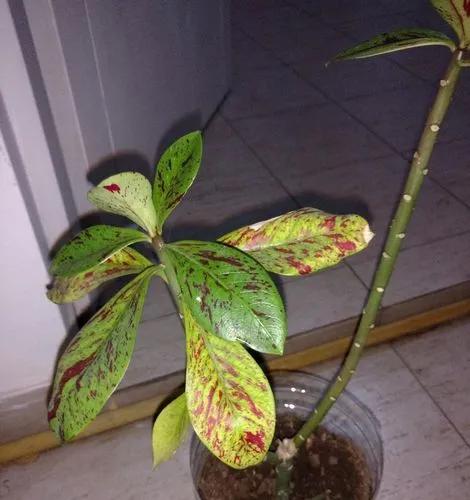Litchi (Litchi chinensis Sonn.) is a tropical to subtropical fruit that is widely cultivated in more than 20 countries worldwide. It is normally consumed as fresh or processed and has become one of the most popular fruits because it has a delicious flavor, attractive color, and high nutritive value. Whole litchi fruits have been used not only as a food source but also for medicinal purposes. As a traditional Chinese medicine, litchi has been used for centuries to treat stomach ulcers, diabetes, cough, diarrhea, and dyspepsia, as well as to kill intestinal worms. Both in vitro and in vivo studies have indicated that whole litchi fruits exhibit antioxidant, hypoglycemic, hepatoprotective, hypolipidemic, and antiobesity activities and show anticancer, antiatherosclerotic, hypotensive, neuroprotective, and immunomodulatory activities. The health benefits of litchi have been attributed to its wide range of nutritional components, among which polysaccharides and polyphenols have been proven to possess various beneficial properties.
Litchi Care
Litchi Chinensis Sonn.



How to Care for the Plant

Water

These plants prefer ample and regular water throughout the year. Lychee does not have a natural winter resting period, so it will not benefit from a suspension of watering as do some other fruit trees.

Pruning

Pruning and thinning of the lychee tree is necessary for strong structure and to prevent wind damage, as its dense growth makes it susceptible to falling from powerful gusts. Young trees should be pruned to maintain a round shape, cutting trees back approximately 4 inches annually. Thinning trees to create an open center provides better sunlight exposure and air circulation while protecting against wind damage. Once trees are mature, after they're about 4 years old, the yearly clipping of fruit from branches provides sufficient pruning.

Fertilizer

Feed with a weak liquid fertilizer throughout the growing season. Cut fertilizer back to once a month or so in the winter.

Sunlight

Lychee thrives in full sun, but be aware that the plants need to be acclimated. Young plants that are not used to full sun will suffer from sudden exposure to bright light, but once acclimated, they will definitely perform better.

Soil

Lychee does not like alkaline soils, so amending garden soil with pine bark or pine needles may be necessary. If you are trying to grow it as a potted plant, use a slightly acidic potting soil.

Temperature

Lychee is surprisingly tolerant of cold and can tolerate short blasts of almost-freezing weather, but is really prefers warmer temperatures. To be brought to bloom, lychee needs to be exposed to cold temperatures (32 to 45 degrees Fahrenheit) for at least 100 hours in the winter. They will then bloom early in the spring and bear fruit in the early summer.

Additional

The seed of the lychee is poisonous to humans as it contains a chemical that causes low blood sugar. This has resulted in outbreaks of serious sickness in undernourished children in India during lychee harvest time. Be sure to safely discard the seed and keep it away from accidental ingestion by children or pets.

Popularity

76 people already have this plant 7 people have added this plant to their wishlists
Discover more plants with the list below
Popular articles






